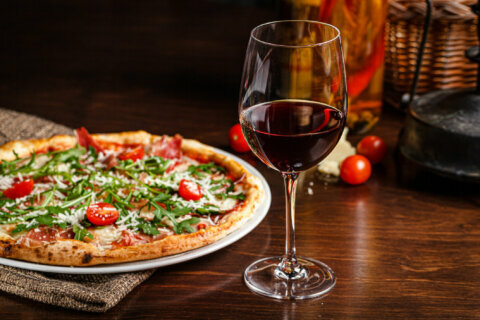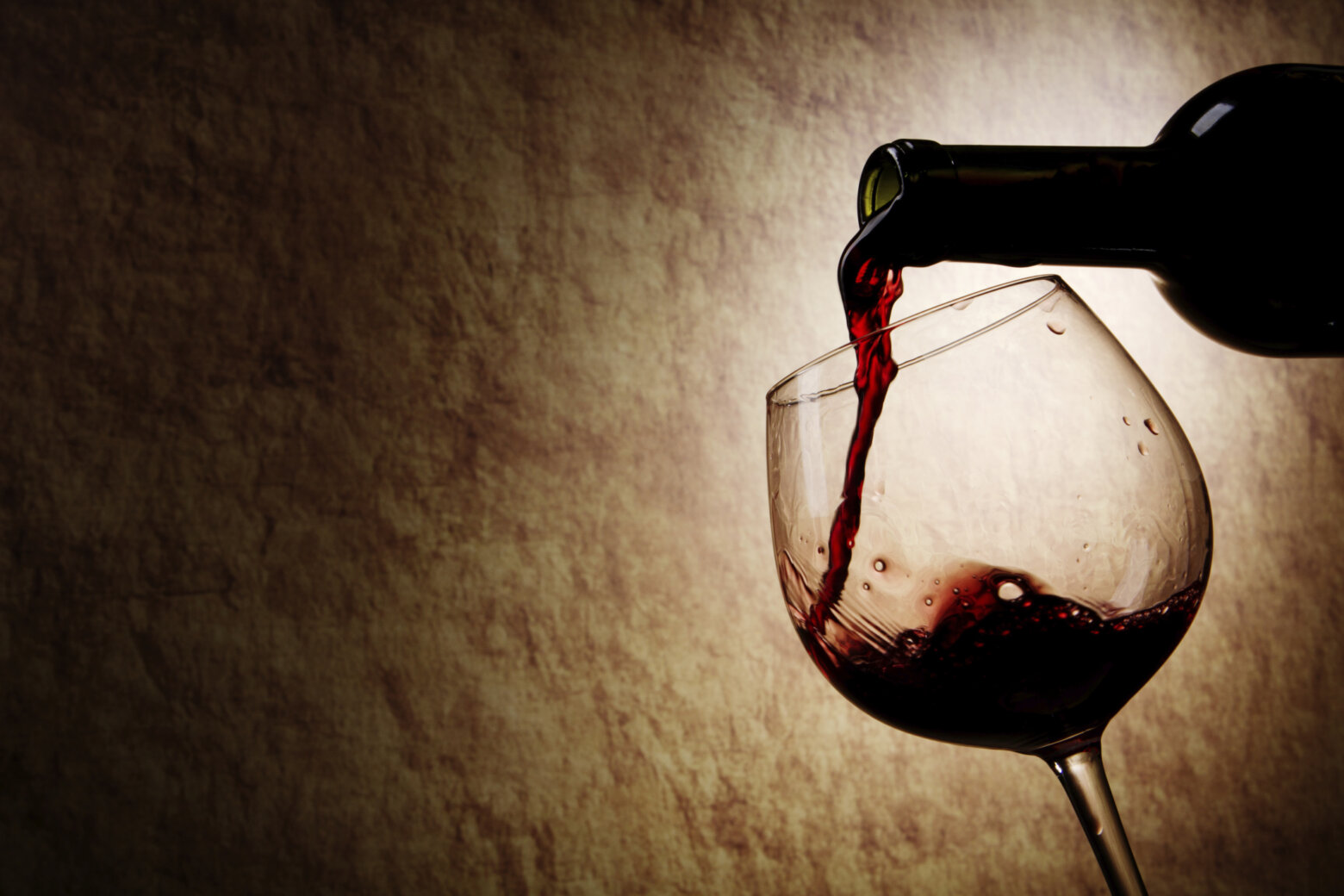WASHINGTON — Does the wine taste better because it costs more? Or does it cost more because it tastes better?
Well, an article from the Proceedings of the National Academy of Sciences, titled “Marketing Actions Can Modulate Neural Representations of Experienced Pleasantness,” explores that very topic.
The article describes an experimental study that was designed to assess how the neural basis of decision-making and the subsequent reported experiences of “pleasantness” can be influenced by external factors such as price. In other words, the authors found a high-tech way to gauge what matters to the mind: actual taste versus expectation of taste.
In this study, 20 volunteers were given six different wines to sample in random order. The volunteers were told the price of the wines were $5, $10, $35, $45, $90, plus a control sample with no price. They were asked to focus on the flavor of the samples while undergoing a functional MRI (fMRI) study that measured blood flow in the medial orbitofrontal cortex area of the brain. The volunteers rated the “taste pleasantness” and “taste intensity” on a rating scale of 1 to 6.
The interesting point of the article is that the authors gave the volunteers three different cabernet sauvignon wines, but double-dipped on two of the wines and told the volunteers two different price points for the same wine.
The researchers found that there was increased activity seen on the fMRI of the brain and an increase in the “pleasantness rating” but not the “intensity rating” for the same wine at the higher price.
In other words, our minds tell us we should like the more expensive wine, but our tongues don’t know the difference.
So I decided to try this on my own — you know, in the name of science.
I recently concealed the identity of four cabernet sauvignon wines and served them to my friends in a random order. All of the wines were from the same vintage and all were from Northern California. Then, I asked everyone to taste the wines and then rank them in order from lowest price to highest price. I also asked them to guess how much each wine cost or, conversely, what they would pay for each wine.
Wine #1: 2014 Dry Creek Vineyard Endeavour Cabernet Sauvignon, Sonoma County, California $75
The distinctive soil and terroir provide a wonderful canvas to craft a wine of elegance that displays both power and finesse. On the nose, scents of cedar, black tea and cherry come forward, followed by deeper aromatics of strawberry jam, molasses and espresso. On the palate, elegant flavors of black currants, cassis and toast mingle with sweet and spicy notes. The refined tannins are well integrated, providing a long, lingering finish.
Wine #2: 2014 Olema Cabernet Sauvignon, Sonoma County, California $22.50
The 2014 Olema cabernet sauvignon is a blend of cabernet sauvignon grapes, hand selected off vineyards in Dry Creek and Alexander Valleys in Sonoma County. This well-balanced wine features layers of juicy red and black fruit, framed by soft tannins. This complex and vibrant cabernet displays a deep purple color and opens with aromas of black cherry, pomegranate and tobacco. A rich fruit core on the palate exhibits hints of mocha, vanilla and pie spice, with chewy tannins and a long finish. The wine does have just a touch of petite sirah, and spends 16 months aging in French oak barrels, 60 perfect of which are new.
Wine #3: 2014 Amici Cellars Cabernet Sauvignon, Napa Valley, California $50
Combining the lush, ripe fruit of valley floor vineyards along with the structure and ageability of Napa Valley’s best mountain appellations, the 2014 Amici Cellars cabernet sauvignon is a rich dark wine that is opaque purple in color. This wine offers up aromas of ripe blackberry, black currant, pie spice and vanilla, revealing greater spice, tobacco and notes of bittersweet chocolate on the palate. It’s very well-balanced with a long and luxurious finish. A blend of 80 percent cabernet sauvignon, 12 percent cabernet franc, 4 percent petit verdot, 2 percent merlot and 2 percent Malbec.
Wine #4: 2014 Rutherford Ranch Cabernet Sauvignon, Napa Valley, California $35
This full-bodied cabernet opens with aromas of violets, lavender, fresh rosemary and espresso. On the palate, flavors of black cherries, red plums, mountain blueberries, mission figs and chocolate-covered orange peel give way to ripe, mouth-coating tannins on the long and powerful finish. An elegant and well-balanced combination of fruit, tannin, and acidity.
Results: The very unscientific results were interesting. Half of the group picked the least expensive wine as the most expensive wine, and half of the group picked the most expensive wine as the second most expensive wine. Most of the group preferred wine number three — the second most expensive wine — as their favorite and said that they would pay up to $35 for it. No one guessed the correct order of the wines based on price. And only one person was close to guessing the price on two of the four wines (probably just luck).
Now, here’s the kicker: After I disclosed the actual price of the wines to the group, several guests went back for another taste and agreed that the most expensive wine was now their favorite. This phenomenon is referred to as the “halo” effect, and occurs when the consumer believes that a wine tastes better because of the price or the reputation of the label. And while my experiment was strictly for fun, and conducted with a very small sample pool, it is interesting that the general premise of the fMRI study was validated in my kitchen.
The point? Drink what you like, and if it happens to be the least expensive wine on the shelf, wrap it in paper and pretend it costs more.







